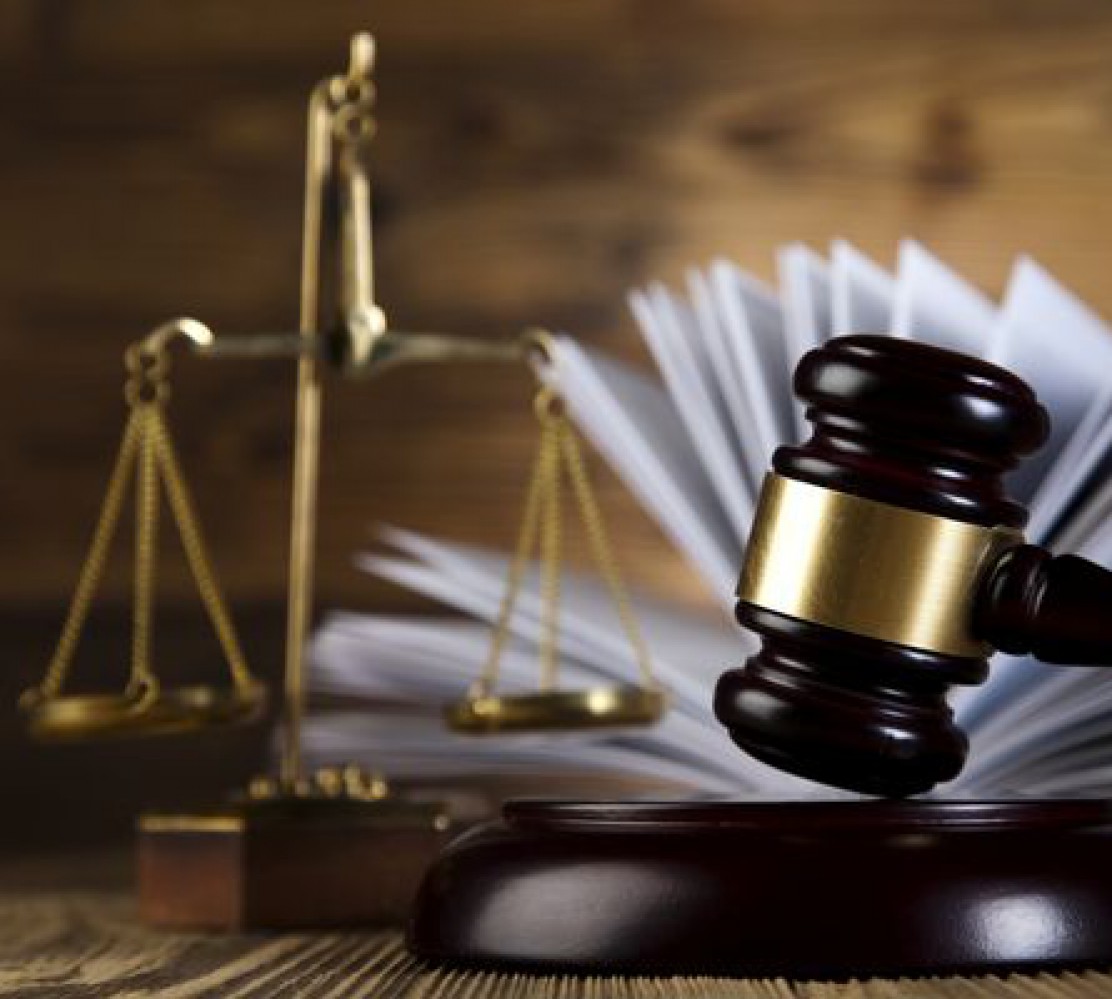Source : CinemaBlend
By : Gregory Wakeman
Category : Sanford Bail Bond , Bail Bond Sanford
A group of Star Trek fans who have so far raised over $1 million in their pursuit to make a professional-quality prequel to the beloved original series have found themselves confronted with a lawsuit because of just how good the quality of their potential effort could be. Over the years, Paramount and CBS have not only tolerated Star Trek fans looking to add to the franchise with their own material, stories, and pieces, but they’ve encouraged it (to a certain extent) so that the universe could expand. But after it was revealed that Axanar, the name of the potential film, had raised so much money for the feature and accompanying short, the companies immediately decided to try and nip this project in the bud.
On Tuesday the court battle commenced, as Paramount and CBS looked to stop Axanar from being the first ever Star Trek independent film. After launching hugely successful campaigns on Kickstarter and Indiegogo, the potential producer Alec Peters found himself with over $1 million to play with. Peters always intended for his group’s Star Trek film to match previous installments to the beloved franchise. In fact, their original pitch to investors declared, “While some may call it a ‘fan film’ as we are not licensed by CBS, Axanar has professionals working in front and behind the camera, with a fully-professional crew – many of whom have worked on Star Trek itself – who ensure Axanar will be the quality of Star Trek that all fans want to see.” Despite the earnest beginnings of this project, Paramount and CBS soon found a major problem with the Star Trek independent film, and started legal proceedings against Axanar because the film would violate their intellectual property. The lawsuit insists that “innumerable copyrighted elements” of Star Trek have been infringed, including the species, themes, characters, and settings of the show.
But what would Axanar have consisted of? Well, the description for the film states that it would take place 21 years before the first-ever Captain Kirk episode of the original Star Trek series, which die-hards of the series will know is called Where No Man Has Gone Before. It would have been set in the year 2245, and would have told the story of Garth Of Izar, who is Captain Kirk’s hero and took part in the Four Years War against the Klingon Empire that came very, very close to tearing the Federation apart. This lawsuit is almost certainly going to bring the work on Axanar to a complete stop, but Peters told The Hollywood Reporter that they were prepared for Paramount and CBS’ lawsuit against them. Peters, who rather luckily works as a lawyer, believes that the history of Star Trek fan films complicates the legal matters. However, Paramount and CBS are clearly concerned about the scope of Axanar, and believe that the fact it describes itself as a “fully-professional independent Star Trek film” means that it’s different. Expect this battle to continue on for quite some time, which means that Axanar won’t happen anytime soon.
See more at : cinemablend.com/new/Star-Trek-Fan-Film-Legal-Fight-With-Paramount-102997.html










